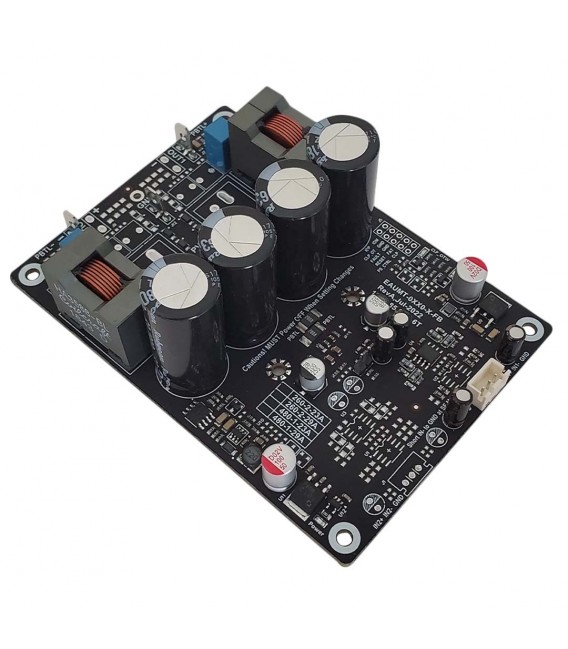Just testing out if the power supply will still work properly given the load capacitance.
Those extra caps are not required at all since TPA325x are commonly configured as BTL and PBTLs.
Bus pumping is aggravated on class-D amplifiers with single ended outputs. One of the mitigation techniques include placing large bus capacitors to absorb the energy backflow from the load to the power supply. If the energy backflows, then it will "pump up" the supply rail voltage (if the supply can't regulate it properly).
Like our upcoming SE800 amplifier, it has a single ended output, which requires an external 6800uF per rail to avoid bus pumping.
By having the class-d on BTL (full bridge) configuration, it will balance out the energy flow, so it's a non-issue on BTL amps.
We don't want to be severely limited by costs in designing an amp board. Price is actually just right given that we can only produce in very limited quantities. If we design it to compete on price, the product will just become a throwaway board because of low quality design choices.
One of the design choices is a bigger PCB, which enables our modules to operate with a cooler idle operation, as the heat is dissipated evenly throughout the board. It might not look like it, but we carefully thought of the design choices in our amps

. Section with one of the highest temp on idle is the preamp that's why we've included a heat spreader.
Though we also do consider that a DIY build should have an equal or slightly lower price than the commercial alternatives. But with better build quality, design choices, etc...



